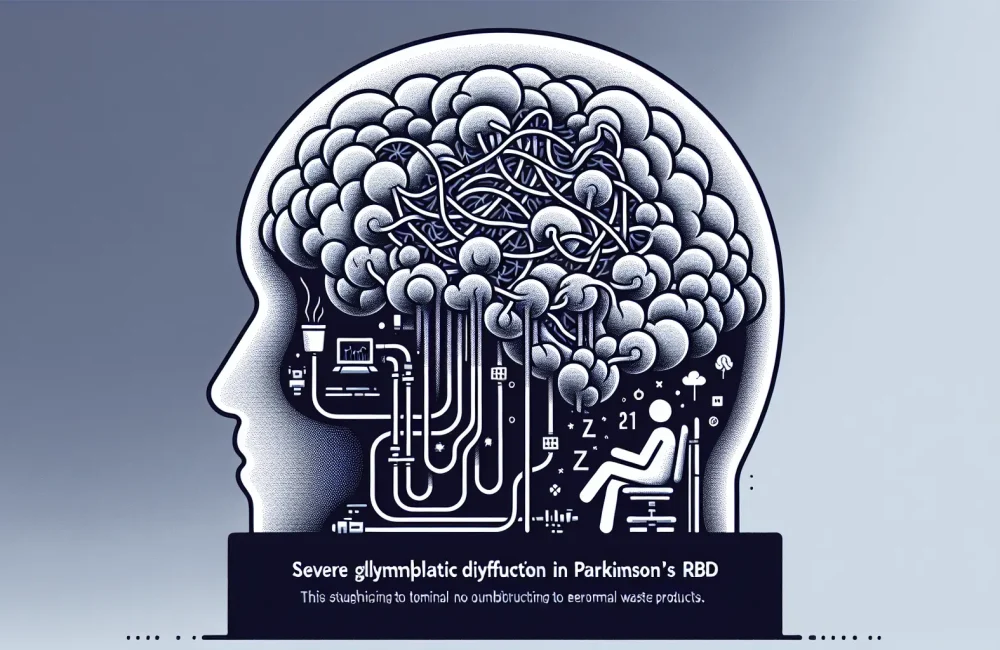By CAFMI AI From Nature Reviews Neurology
Mechanism and Clinical Benefits of Oveporexton
Oveporexton is an innovative dual orexin receptor agonist specifically developed to target narcolepsy type 1 (NT1), a chronic neurological disorder marked by the loss of neurons producing orexin (also known as hypocretin). This deficiency leads to excessive daytime sleepiness (EDS) and cataplexy, a sudden loss of muscle tone triggered by strong emotions. Unlike traditional therapies that largely alleviate symptoms without addressing the underlying cause, oveporexton mimics natural orexin signaling by selectively activating both orexin 1 and orexin 2 receptors in the brain. This targeted action helps restore the disrupted wakefulness-promoting pathways in NT1, thereby reducing symptoms effectively. Clinical trials have consistently demonstrated that patients treated with oveporexton experience a significant reduction in the frequency and severity of cataplexy episodes. Additionally, the drug markedly improves daytime alertness and overall quality of life, as measured by validated sleepiness scales and patient-reported outcomes. These benefits highlight oveporexton’s therapeutic potential not only to manage symptoms but also to modify the disease process at a neurochemical level. A further advantage is the drug’s safety profile; short- to mid-term studies indicate that oveporexton is generally well tolerated, with adverse effects such as mild headache and nausea occurring occasionally but typically being transient and manageable. This positions oveporexton as an important advancement beyond conventional wake-promoting agents and anticataplectic medications commonly used in NT1, such as stimulants, antidepressants, or sodium oxybate.
Clinical Implications and Patient Management
From a clinical standpoint, the introduction of oveporexton offers an important new option for healthcare providers managing patients with narcolepsy type 1. Given NT1’s impact not only on sleep but on multiple aspects of a patient’s daily functioning—including cognitive performance, mood, and safety—effective treatment is critical. Oveporexton’s ability to address the core pathology by replacing deficient orexin signaling suggests potential for better long-term disease control and improved patient outcomes compared to symptomatic therapies alone. In practical terms, clinicians should consider oveporexton as a frontline or adjunct treatment option, tailoring dosing strategies to optimize therapeutic effects and minimize side effects. Since current data mainly cover short- and mid-term periods, ongoing and future studies assessing long-term safety and efficacy will be crucial to guide sustained clinical use. Patient education and counseling remain vital components, emphasizing the importance of adherence, vigilance for side effects, and realistic expectations around symptom management. Regular follow-up appointments can facilitate monitoring treatment benefits, adjusting doses as necessary, and addressing any emerging issues. Incorporation of oveporexton into multidisciplinary management plans can also enhance patient care, especially when combined with behavioral interventions such as scheduled naps or lifestyle modifications that support wakefulness maintenance.
Future Directions and Research Considerations
Ongoing research into oveporexton is exploring several critical areas to maximize its clinical utility and expand its indications. Key focuses include determining optimal dosing regimens that balance efficacy and tolerability for diverse patient populations, including different age groups and those with comorbid conditions. Longitudinal studies are underway to evaluate the impact of continued orexin receptor stimulation on disease progression, quality of life, and long-term safety outcomes. Additionally, investigations are assessing whether oveporexton may have therapeutic value in related disorders characterized by orexin deficiency or dysregulation, such as narcolepsy type 2 or idiopathic hypersomnia. From a broader perspective, oveporexton exemplifies a shift toward precision medicine in sleep disorders, where treatments address underlying neurochemical imbalances rather than merely managing symptoms. Clinicians should stay informed about emerging clinical guidelines that may incorporate oveporexton as a recommended therapy. Moreover, attention to red flags such as drug interactions, contraindications, and potential off-label use concerns remains essential. Future workflow strategies in primary care and sleep medicine may increasingly integrate biomarkers and objective sleep assessments to personalize treatment approaches, with oveporexton poised to play a central role in these evolving paradigms.
Read The Original Publication Here






